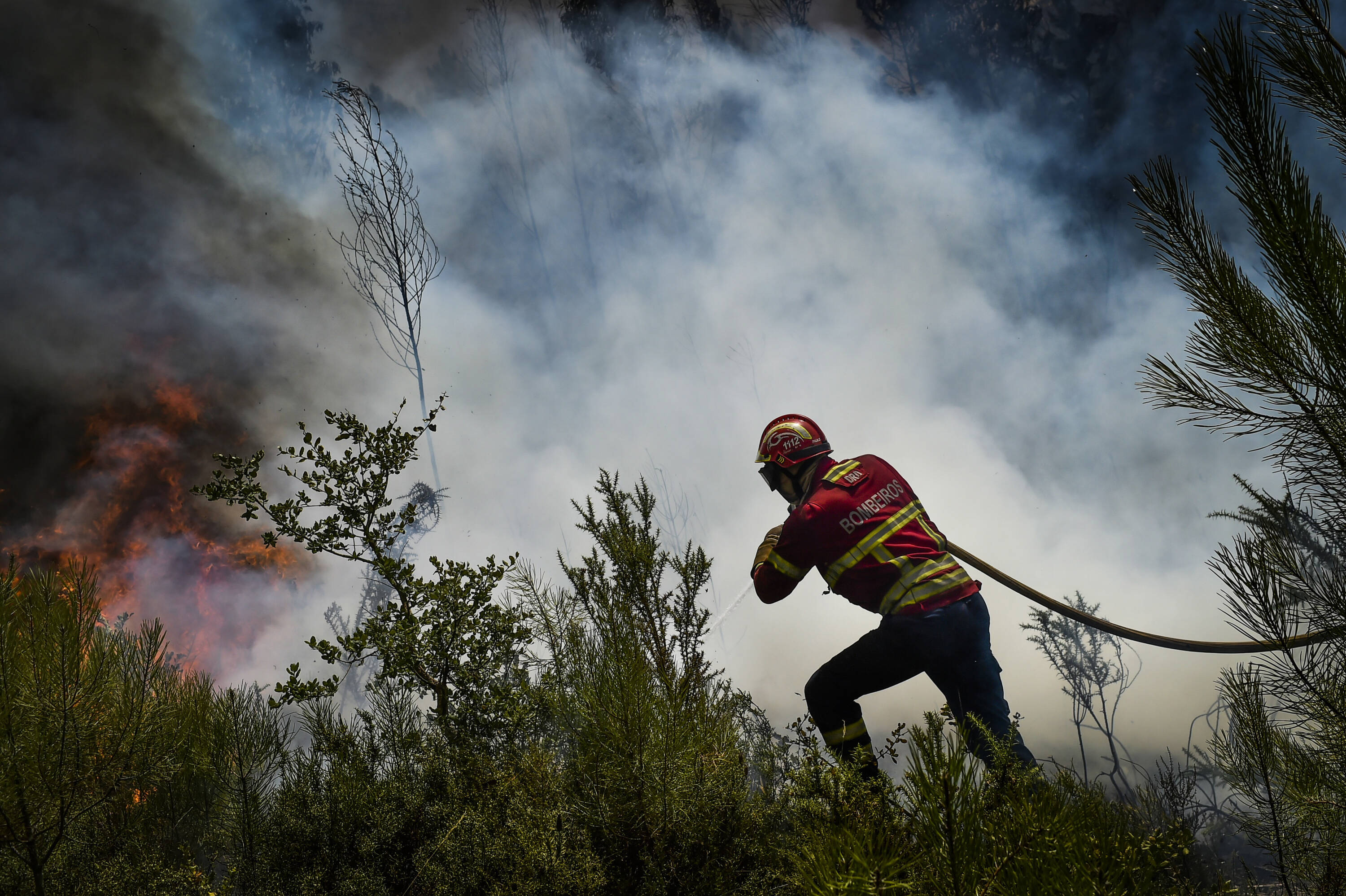What is heat stress? This is what happens to the body that is exposed to high temperatures

Heat waves and extreme temperature warnings have become commonplace in many countries, but these warnings rarely include other factors that dangerously affect humans and hinder their ability to adapt.
Weather service warnings about heat waves should be based not only on temperatures, but should include thermal stress indices that take into account factors such as humidity, wind and sun exposure, according to a recently published scientific study.
A high level of humidity in the environment and the absence of wind can make, for example, an extreme temperature of 37 ºC more harmful to health than the same temperature in a dry environment by making it difficult for the human body to cool down.

Reference image. Photo: EFE
This is one of the main points of the study carried out by an international scientific team from the Barcelona Institute for Global Health (ISGlobal) and the London School of Hygiene and Tropical Medicine (LSHTM) published in the journal Npj | Climate and Atmospheric Science of Nature.
How does it affect the human body? Some 19,000 people die each year from heat stress linked to working in excessively hot conditions, according to the International Labour Organisation (ILO), which is calling for greater protection for workers around the world against an "invisible killer" that increases as global warming does.
A report published by the ILO last year warns that regions unaccustomed to extreme heat, such as Europe, "face greater risks."
"The problem is mainly in adapting to this new reality, which is increasing faster in regions like Europe than in warmer countries," said ILO expert Balint Nafradi, one of the authors of the report.

Reference image. Photo: EFE
An article from National Geographic notes that "when the human body is exposed to weather conditions that alter its ideal internal temperature (which varies between 36.5ºC and 37ºC), the person can suffer thermal stress. This can occur in both extreme cold and heat conditions."
On this subject, the Brazilian Ministry of Science, Technology and Innovation mentions a study by Fiocruz (a Brazilian government institution dedicated to research in biological and health sciences) that warns of “the potential risks of increased mortality from cardiovascular and respiratory diseases due to heat stress.”
The Geneva-based ILO estimates that improving safety and health measures to prevent heat-related injuries in the workplace could save up to $361 billion worldwide in losses linked to these accidents and medical expenses.
Nafradi says that the problem should not only be taken into account during heat waves, since the study has shown that " nine out of ten workers exposed to heat stress are exposed during periods of time when one of these waves is not officially announced." "Focusing only on heat waves leaves many workers vulnerable," warned the co-author of the study.
With information from BBC News Mundo and EFE agency
Heatwave stifles Rio de Janeiro in the run-up to Carnival | El Tiempo eltiempo






